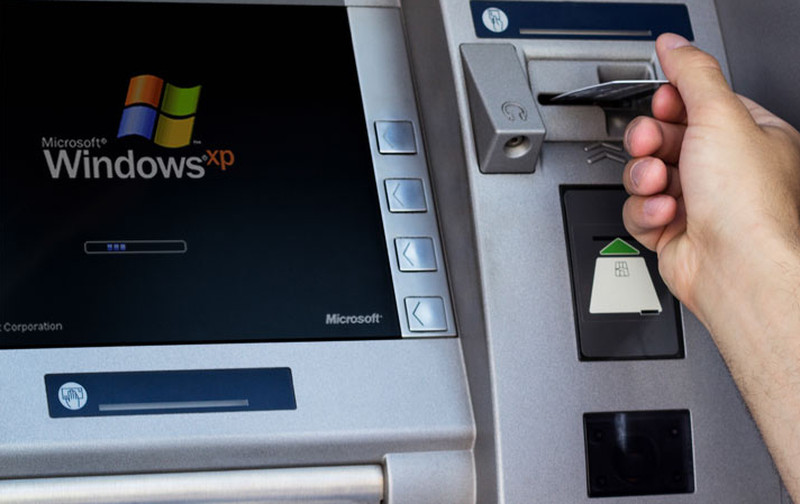CyberPower’s new PC packs a liquid cooled 4GHz Intel Core i7 4790K processor, Gigabyte Z97 Mini-ITX motherboard, five SSDs, one 2.5-inch har drive, a Blu-ray drive, a full-size 500-watt power supply, and a full-size GTX 890 graphics card… but that’s not what makes it stand out of the crowd. — You would certainly ask if this powerful spec is not something that would make you buy this powerhouse than what makes it so special? Well, it’s the sheer beauty that lies within the intelligently designed PC.
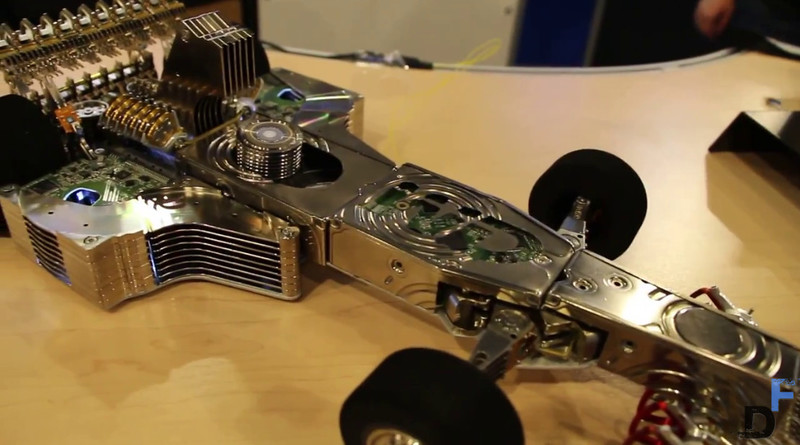
Cyberpower’s Fang Trinity Gaming PC has a unique design that we never saw before. It looks more like a futuristic space pod than a computer, but make no mistake, this is real PC.
The ingenious design packs these power components in three segments, which is connected through the central trunk. One pod contains the motherboard, CPU and cooler, another the PSU and most of the storage drives, and the final pod holds a full-size video card with three SSDs behind it. The segmented structure promotes modular design, which also allows it to be individually assembled by the user.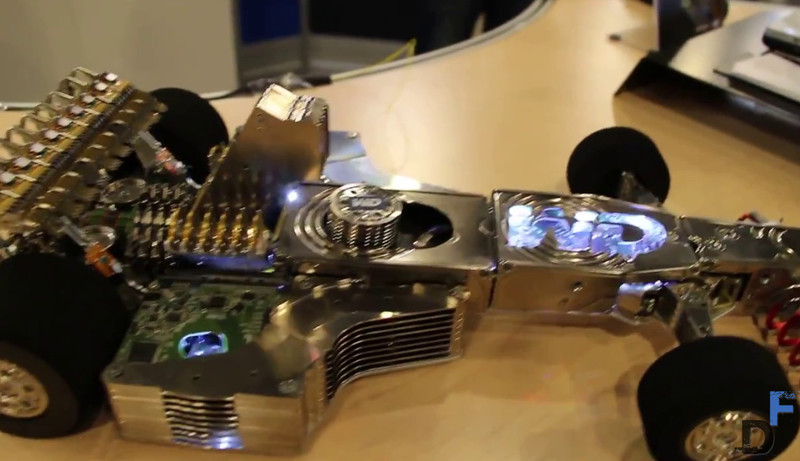
The shell is made using thick and heavy metal. Each pod cover actually weighs about 8 lbs.
Build quality, design, and execution are good. I’m concerned about the 90mm fan’s abilities and noise, rotating a hard drive on a 120* angle, and the general size and post-build accessibility. You won’t really be moving this around. The price is too high for most builders, but the same people who can afford a D-Frame would likely be interested purveyors of the Trinity. I am legitimately impressed by the vision for the Trinity and found its tooling to be well thought-out, despite the obvious price and mobility obstacles that limit the audience. Builders with a massive budget and an eye for the unique should be paying attention to the Trinity, especially with DeepCool backing it.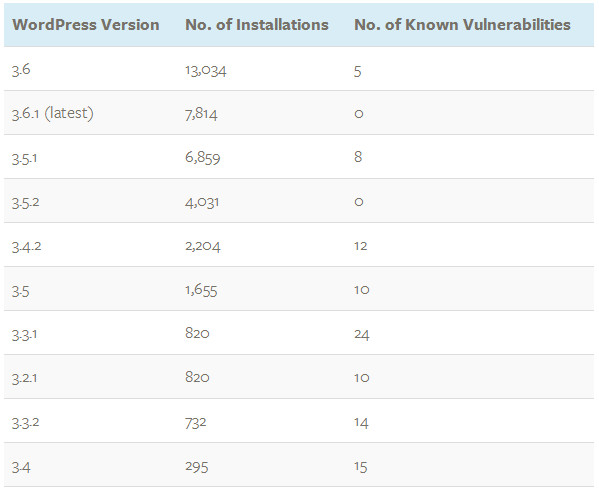
That being said, let’s watch this awesome design and how things are packed inside it:

 Three versions of the Ultra Performance Series wireless routers will be available, with the top-of-the-line DIR-895L/R model boasting up to 2,260 Mbps on the 5GHz bands and up to 1,024 Mbps on the 2.4GHz band. It also comes with the most high-power antennas, eight in total, as well as multi-user MIMO technology which serves to keep your Wi-Fi network running as fast as possible with multiple devices connected at once.
Three versions of the Ultra Performance Series wireless routers will be available, with the top-of-the-line DIR-895L/R model boasting up to 2,260 Mbps on the 5GHz bands and up to 1,024 Mbps on the 2.4GHz band. It also comes with the most high-power antennas, eight in total, as well as multi-user MIMO technology which serves to keep your Wi-Fi network running as fast as possible with multiple devices connected at once.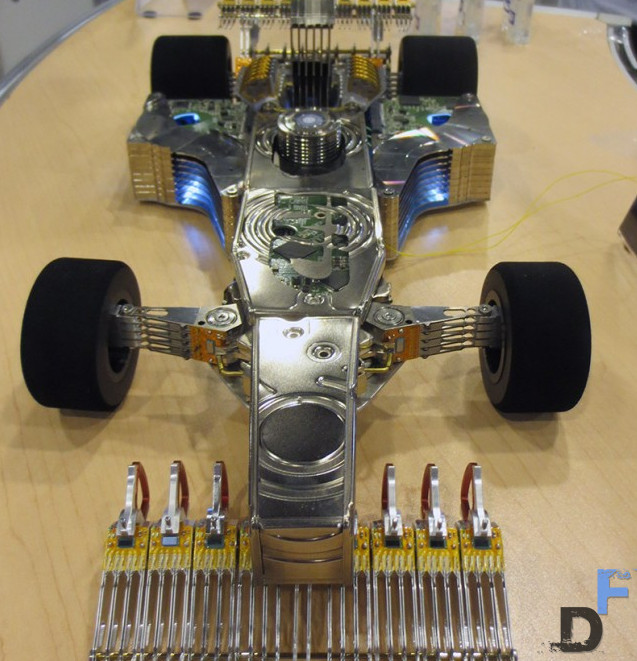
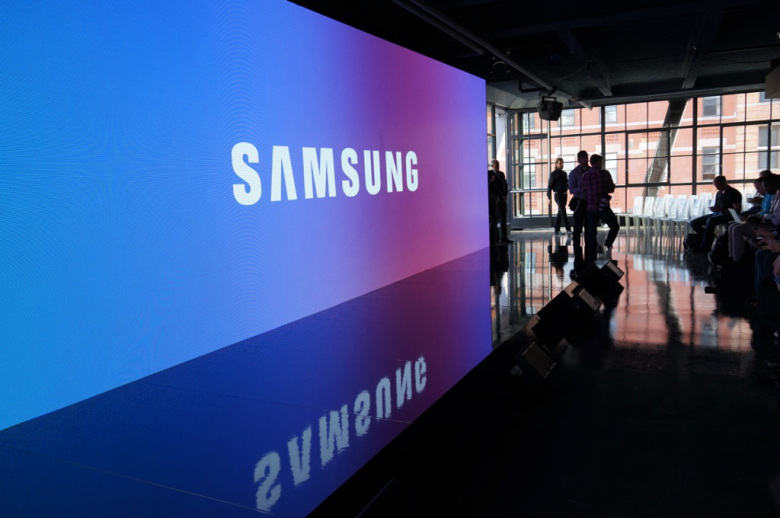
 But jst doing tht is not enough. Now the hot I/O are stored, there is the need of an intelligence embedded in the circuitry to read and thus provide the server with required data streams directly from cache without any storage access permissions.
But jst doing tht is not enough. Now the hot I/O are stored, there is the need of an intelligence embedded in the circuitry to read and thus provide the server with required data streams directly from cache without any storage access permissions. There is no doubt that this deal with help Samsung expand its SSD business since the software mainly addresses to the I/O Bottleneck problems which is a very big problem in virtual server environments. AutoCache very efficiently manages all the cache I/O with minimizing the use of Guest OS resources, which is really good thing in the business. Proximal works with standard flash cards or SSD in the virtual servers such as Microsoft Hyper-v or VMware ESXi.
There is no doubt that this deal with help Samsung expand its SSD business since the software mainly addresses to the I/O Bottleneck problems which is a very big problem in virtual server environments. AutoCache very efficiently manages all the cache I/O with minimizing the use of Guest OS resources, which is really good thing in the business. Proximal works with standard flash cards or SSD in the virtual servers such as Microsoft Hyper-v or VMware ESXi.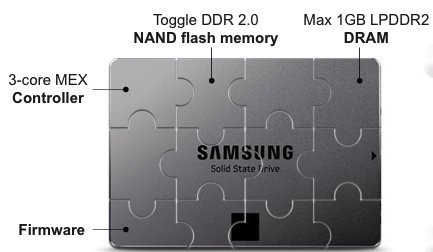 It even made it clear that they have started the mass production of its 3 dimensional vertical NAND flash memory to be used in the SSDs, which provided much higher storage density (32 vertically stacked cells) almost up to a total of 128 GBs per chip.
It even made it clear that they have started the mass production of its 3 dimensional vertical NAND flash memory to be used in the SSDs, which provided much higher storage density (32 vertically stacked cells) almost up to a total of 128 GBs per chip.